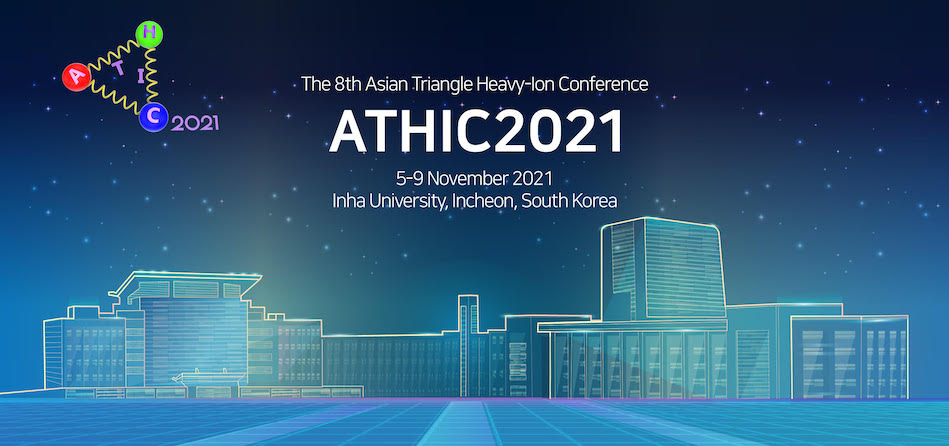Speaker
Description
Higher-order cumulants and their ratios of the conserved quantities are powerful tools used to understand the QCD phase diagram. They are sensitive to the phase structure and the correlation length of the medium created in the collisions. Non-monotonic energy dependence of fourth-order cumulant of net-proton multiplicity distributions has been reported by the STAR Collaboration. In addition, results of sixth-order net-proton cumulants with Lattice QCD calculations suggest a smooth crossover transition in central Au+Au collisions at $\sqrt{\mathrm{s}_{_{\mathrm{NN}}}}$ = 200 GeV.
In this talk, we will present results on net-proton cumulants and their ratios up to fourth-order and their multiplicity dependence using high statistics data of Zr+Zr and Ru+Ru collisions at $\sqrt{\mathrm{s}_{_{\mathrm{NN}}}}$ = 200 GeV. Two billion events were collected by the STAR Experiment for each of the colliding systems. The new results on multiplicity dependence will be compared to the published net-proton cumulants from $\sqrt{\mathrm{s}_{_{\mathrm{NN}}}}$ = 200 GeV Au+Au collisions. In addition, the results will be compared to Lattice QCD, Hadron Resonance Gas model, and hadronic transport model calculations. The physics implications will be discussed.
